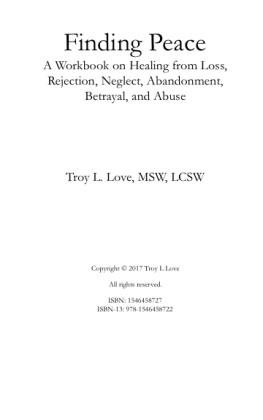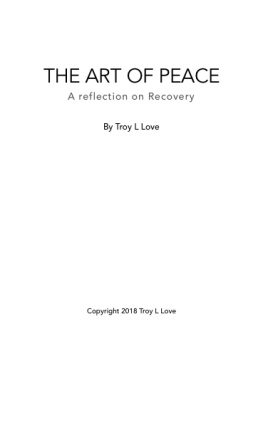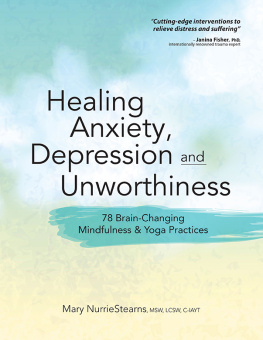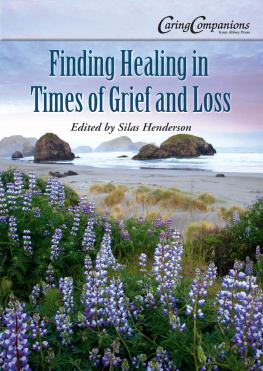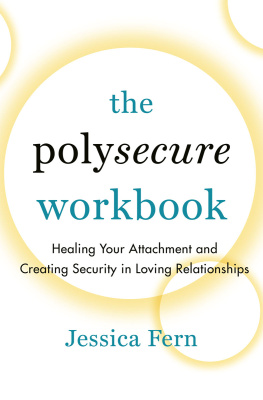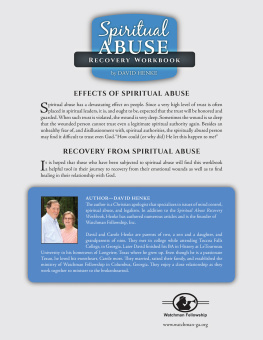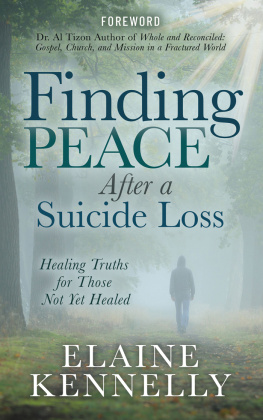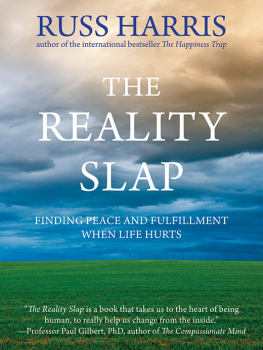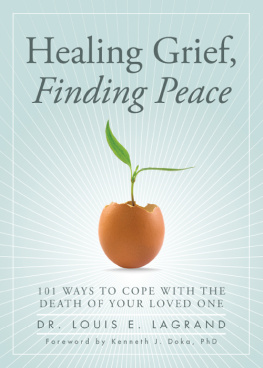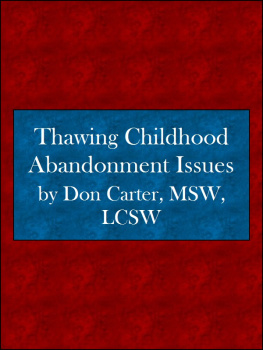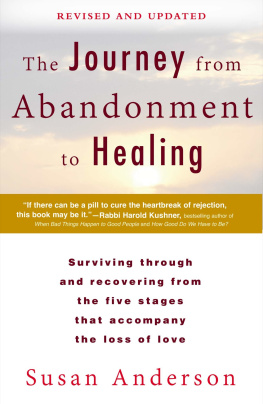Endorsements
"This book is for people serious about changing their life. It is a surgical like guide cutting through the layers that hide what causes us suffering, and expose them. More importantly, Troy has laid out a raw and honest healing process. It is a simple, concise, and direct process for healing your emotional wounds, and changing your core beliefs that support them. Use it as a stand-alone process, or to supplement other techniques you apply." - Gary van Warmerdam, author of Mindworks: A Practical Guide for Changing Thoughts Beliefs, and Emotional Reactions, and creator of Pathwaytohappiness.com.
"Finding Peace" is the antidote needed to combat the debilitating effects of trauma. As a Marriage and Family Therapist specializing in treating addiction in families, I know this work will benefit the therapeutic world immensely. Troy's experience and excellence in bringing his own style to many good theories and ideas will help therapists like me, new interns, and especially, the individuals who want to start their own path to healing. Bravo, Troy! This is a great contribution to the field of healing from deep inner wounds!" - Denise Quirk, MA, MFT, CEO and Clinical Director at Reno Problem Gambling Center, Reno, Nevada
This workbook is a wonderful new tool! It provides keen insight into issues surrounding various forms of attachment wounds. The exercises help readers develop insight and create strategies for healing. I would highly recommend this book for my own clients." - Floyd Godfrey, LPC, CSAT, Executive Director of Family Strategies Counseling Center, Mesa, Arizona
"Finding Peace is an essential workbook for anyone ready to heal from life s hurts. Using creative storytelling, skilled therapist, Troy L. Love, shares a powerful attachment-based process of deep wound work. Finding Peace is a gift to all who are suffering and I am certain that it will be a catalyst of change for many. - Forest Benedict, LMFT, SATP, Author of Life After Lust: Stories & Strategies for Sex & Pornography Addiction Recovery.
CONTENTS
How to Get the Most Out of This Book
By Matt Wheeler, MAPC, LPC, CSAT-C
I have been waiting for this book to be written! Troy and I have been friends and colleagues for several years now. Together, we collaborated on developing a couples retreat based on the work of Sue Johnson. As we were preparing for our first retreat together, Troy shared with me his ideas about Attachment Wounds and we have included them in our couples retreats ever since. Inevitably, after each time I share these concepts, my clients ask, Where can I read more about those attachment wounds? Is there a book or something?
I am so excited to finally say, Yes! Let me share with you why you deserve to read Finding Peace: A Workbook on Healing from Loss, Neglect, Rejection, Abandonment, Betrayal, and Abuse. Because you will find healing within these pages. This book will assist anyone on the road to healing and living a more wholehearted life. If you are looking for more of that, then have the courage to pick it up and do the work Troy lays out.
I grew up in a home with physical, emotional, and sexual abuse. The majority of the abuse ended when I was almost 8 years old. Afterwards, we were basically forced to go to therapy. It was a long road for my family. Although we learned to not keep any secrets in our home, we didn t talk about it outside the home either. I certainly didn t want to be judged by what happened to me, so I didn t tell anyone.
As I grew up, I would occasionally think about how bad it was growing up. Other times I would hear another person's story and be thankful for my experience. What I came to realize was that everyone has trials. Everyone has struggles that can either help them to grow and become strong or can crush them, leaving them battered and weak. Finding Peace allows you to vicariously explore the lives of eight group members while simultaneously exploring into your own life to discover your core and become aware of what has shaped you into who you are today.
Anyone can work through this material and find themselves more resolved and whole. Troy very accurately dissects the human experience into attachment wounds and the resulting core beliefs that help us all understand why we behave the way we do. He provides a platform of understanding trauma and how to heal. Those who do this work and share what they have discovered, will spend less time paying a therapist by the hour to help them figure it out.
As you begin reading Finding Peace , imagine yourself sitting in a chair along with the other members of the group. Notice the judgments of yourself and others. Be aware of your frustrations, triggers and emotions as they come up. If you notice you aren t feeling anything or responding in any way, recognize your lack of response without judgment. Answer the questions as deeply as you can. Take time to think about each question. Spend some quality time with yourself.
If available, ask someone close to you the questions and consider their thoughts about how it could relate to you. Think about their responses for a bit before you decide if it fits for you. Write down your thoughts, feelings, and insights in the journal pages of this book. After you finish each activity presented in the book, imagine sharing your responses with the group. Imagine what this might feel like. Notice what you have learned about yourself, what it says about who you have become, and how you can use it to train yourself to grow even stronger.
If you are up for an even greater growth experience, then ask some close friends or family members to read the book with you. You will likely find several who will excitedly commit to joining you on the journey. Some may profess excitement, but never follow through. Take the risk anyway. Ask enough people so that you will have at least three or more of you working through the book at the same time. At a minimum, email each other your written responses at the end of each chapter. Even better, get together and discuss it face to face. Establish a time each week to get together and share how you feel and what you have learned. Talk to each other about the vulnerability that comes with sharing. This experience will give you a lot of opportunity to understand yourself.
You may also consider sharing this with a trusted therapist who can help you deepen your awareness of your emotions, thought patterns, and numbing behaviors. A trained clinician can help you navigate through some of the more intense pieces of this work and help you remain grounded emotionally.
No matter how you read this book, use it to gain a greater understanding of yourself. Learn to know that you can overcome anything as you experience healing from the wounds and reshape the way you believe and live. Get started and learn to be vulnerable about who you are and what you have been through. Enjoy Finding Peace.
Introduction
When I put my first book cover choices for this book on social media requesting feedback from family and friends, the original title was: Finding Peace, A Workbook on Healing from Attachment Wounds . Almost immediately, people started asking, What are attachment wounds? As you will soon discover when you read this book, attachment wounds occur after being hurt in a relationship with someone with whom we have a physical, emotional, or relational connection. I have never met anyone who has not experienced at least one of the following: loss of a loved one, rejection, neglect, abandonment, betrayal or abuse. These are the Attachment Wounds.

